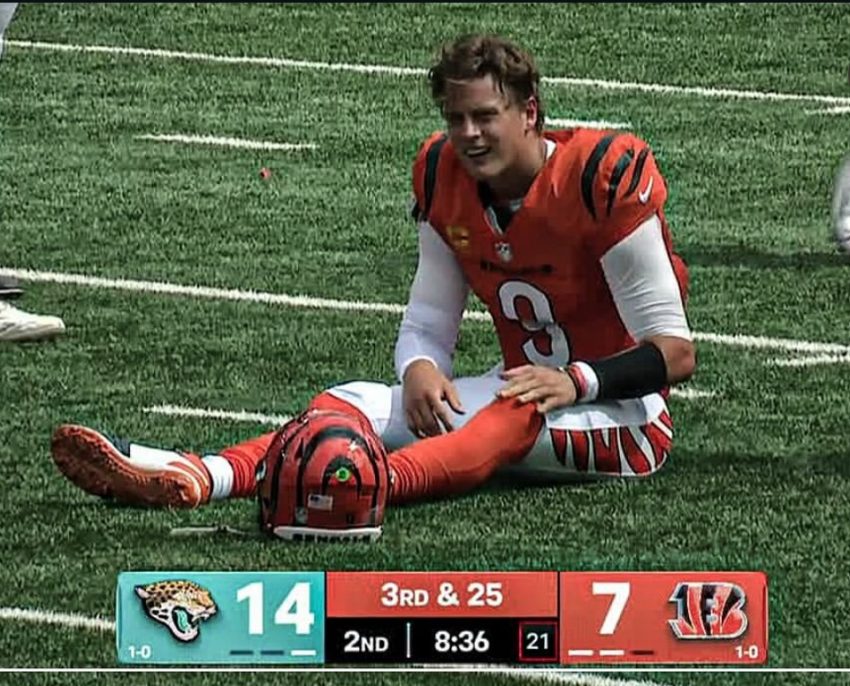Turf toe is a common sports injury that affects the big toe joint. Despite its simple name, it can be painful and limiting for athletes and active individuals. If left untreated, turf toe may keep you off the field or gym for weeks. In this article, we’ll explain what turf toe is, what causes it, how to spot the symptoms, and the best treatment options.
⸻
What Is Turf Toe?
Turf toe is a sprain of the ligaments and soft tissues surrounding the base of the big toe. It usually happens when the toe is bent too far upward, stretching or tearing the supporting structures of the joint. The condition gets its name because it often occurs on artificial turf, where athletes push off hard with their toes during play.
⸻
Common Causes of Turf Toe
- Playing on artificial turf: Harder surfaces increase stress on the toe joint.
- Sudden upward bend: A forceful push-off or awkward landing can overstretch the big toe.
- Repetitive movements: Sports like football, soccer, basketball, and wrestling put continuous strain on the big toe.
⸻
Symptoms of Turf Toe
If you suspect turf toe, watch for these signs:
- Pain and tenderness at the base of the big toe
- Swelling and possible bruising
- Stiffness or limited range of motion
- Difficulty pushing off the toe when running or jumping
⸻
Turf Toe Grades: Mild to Severe
Turf toe injuries are classified into three grades:
- Grade 1: Mild stretching of ligaments with minor swelling and soreness.
- Grade 2: Partial tearing, moderate pain, swelling, and reduced mobility.
- Grade 3: Complete ligament tear, severe pain, significant swelling, and loss of toe function.
⸻
Treatment Options for Turf Toe
Treatment depends on the severity of the injury:
- Grade 1 (Mild): Rest, ice, compression, and elevation (RICE). Stiff-soled shoes or taping can help reduce movement.
- Grade 2 (Moderate): Longer rest period, walking boot or brace, and physical therapy for recovery.
- Grade 3 (Severe): Extended immobilization, and in some cases, surgery may be required.
Most athletes can return to activity once pain, swelling, and mobility improve, though recovery can take weeks to months depending on the grade.
⸻
Preventing Turf Toe
While not always avoidable, you can reduce your risk with these steps:
- Wear shoes with stiff soles or special insoles for better support.
- Stretch and strengthen your feet and toes regularly.
- Use proper techniques when running, cutting, or pushing off during sports.
⸻
Final Thoughts
Turf toe may sound minor, but for athletes, it can seriously affect performance. Understanding the causes, symptoms, and treatments helps you respond quickly and avoid long-term damage. If you experience persistent pain in your big toe joint, consult a doctor or sports medicine specialist to ensure proper recovery.

